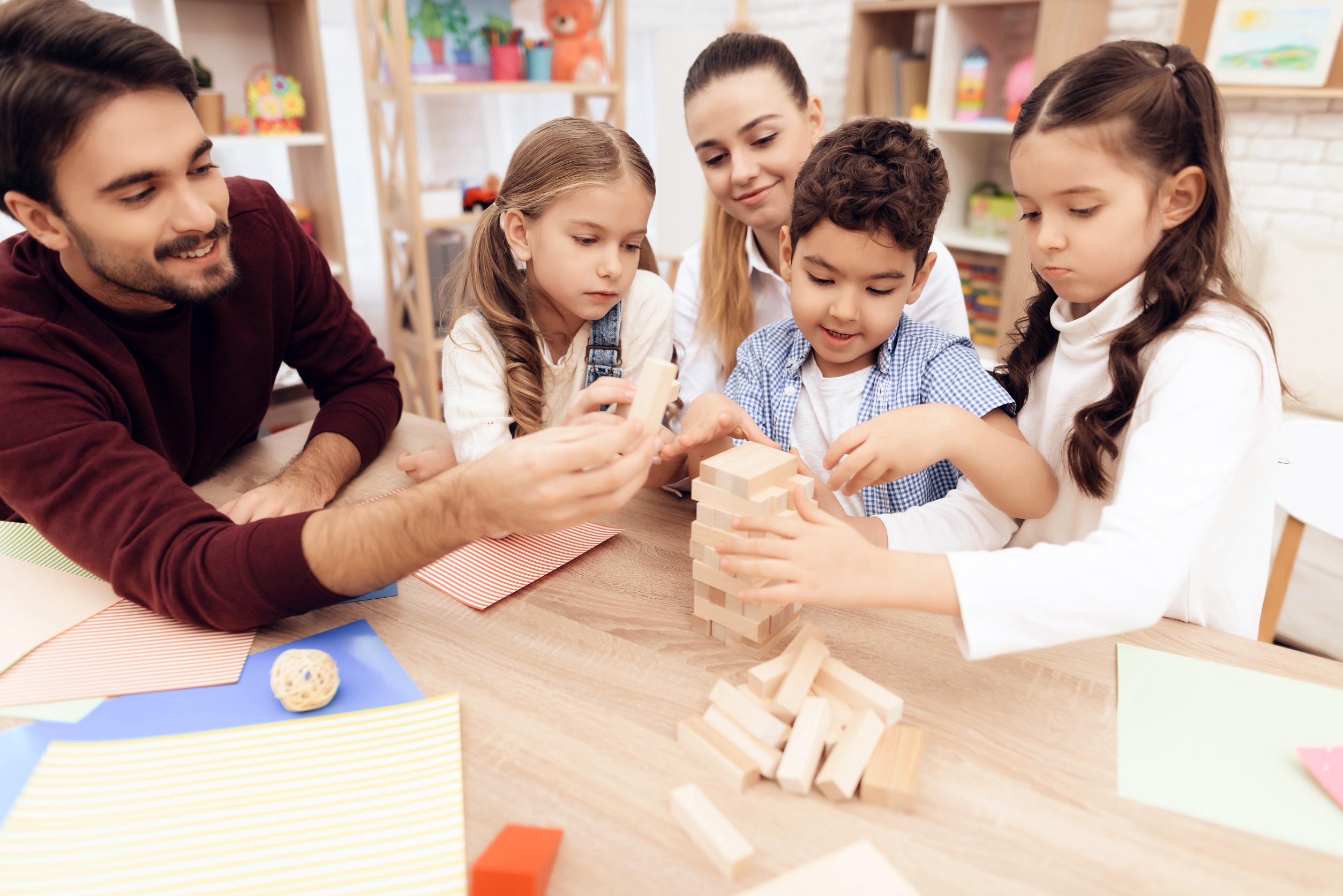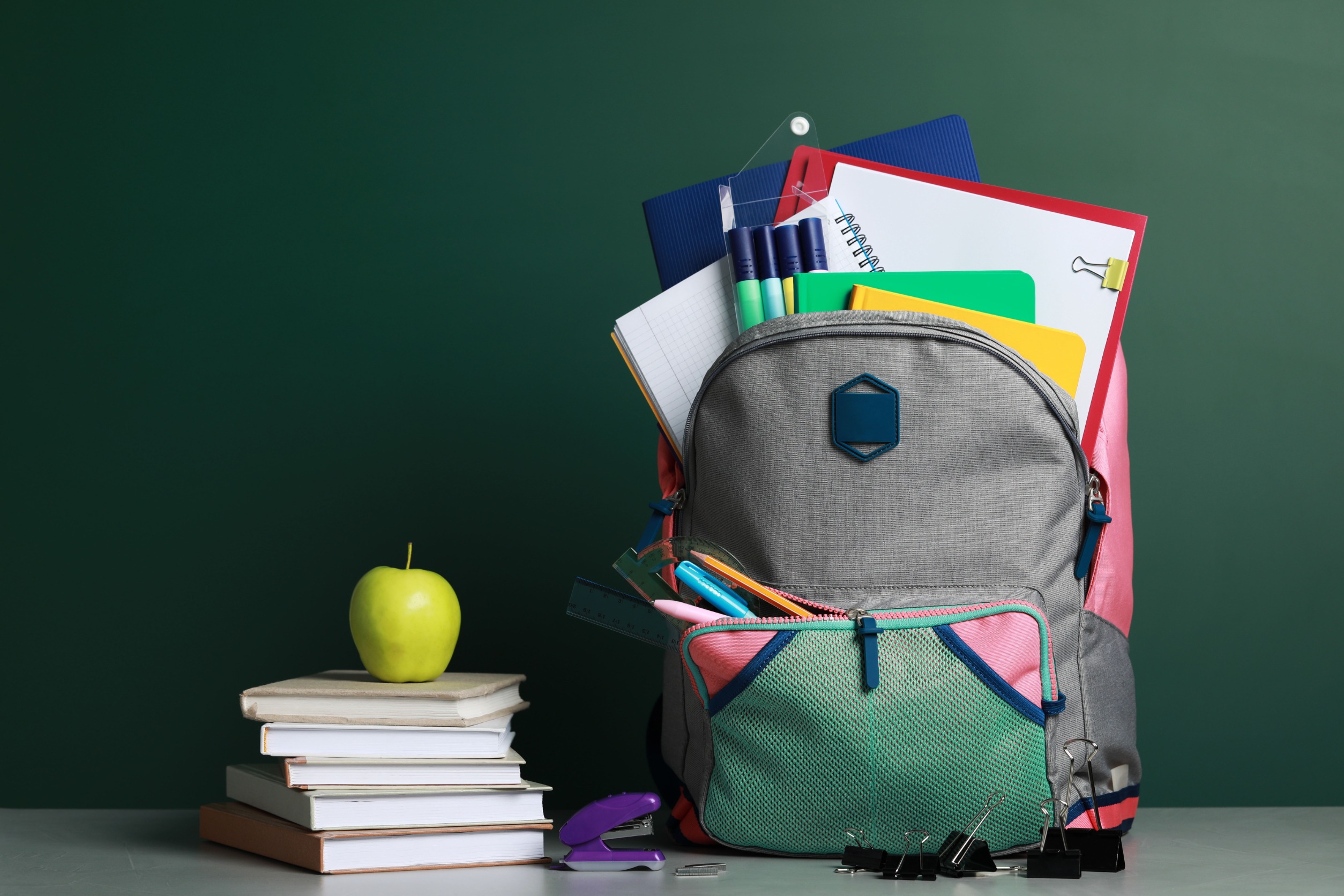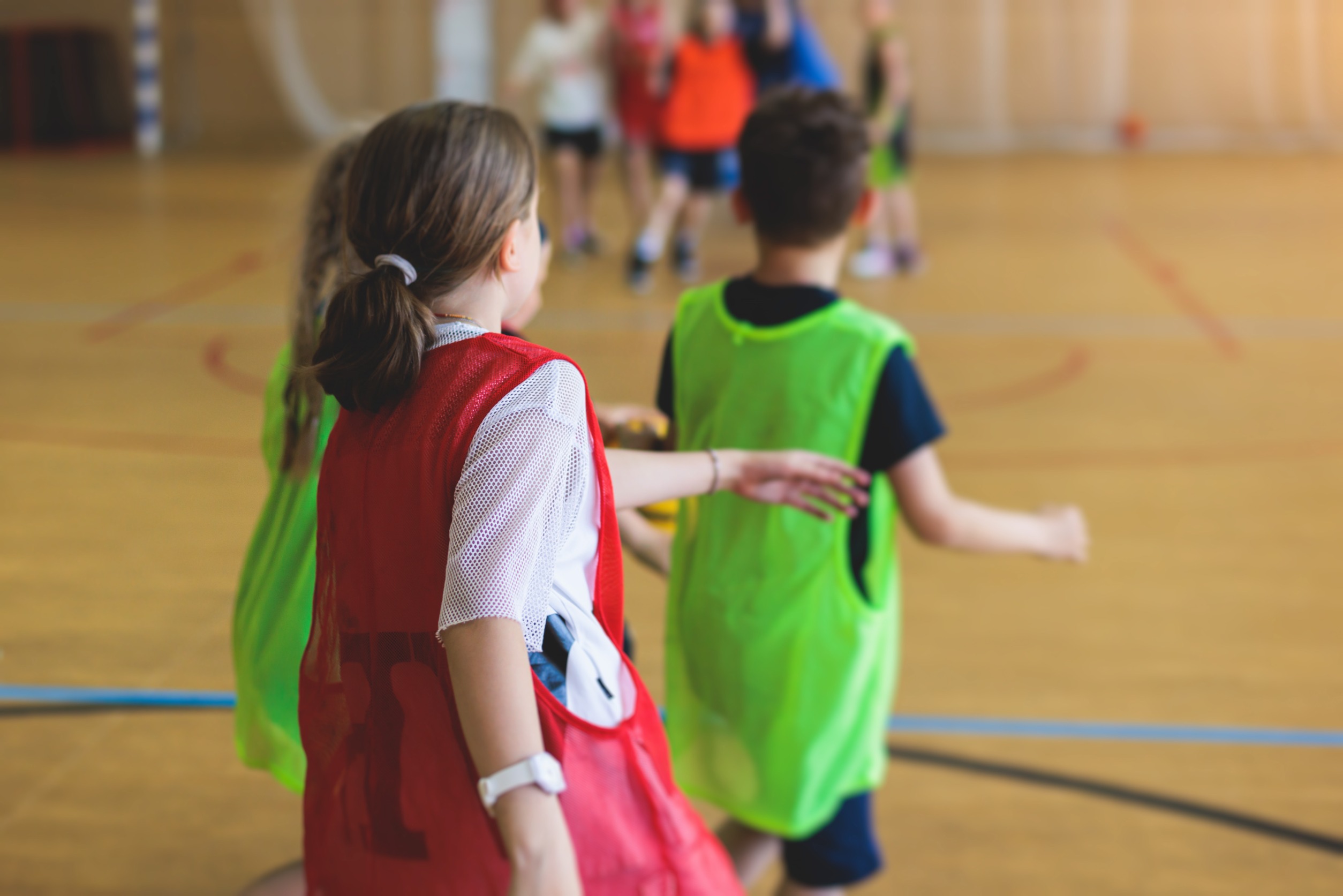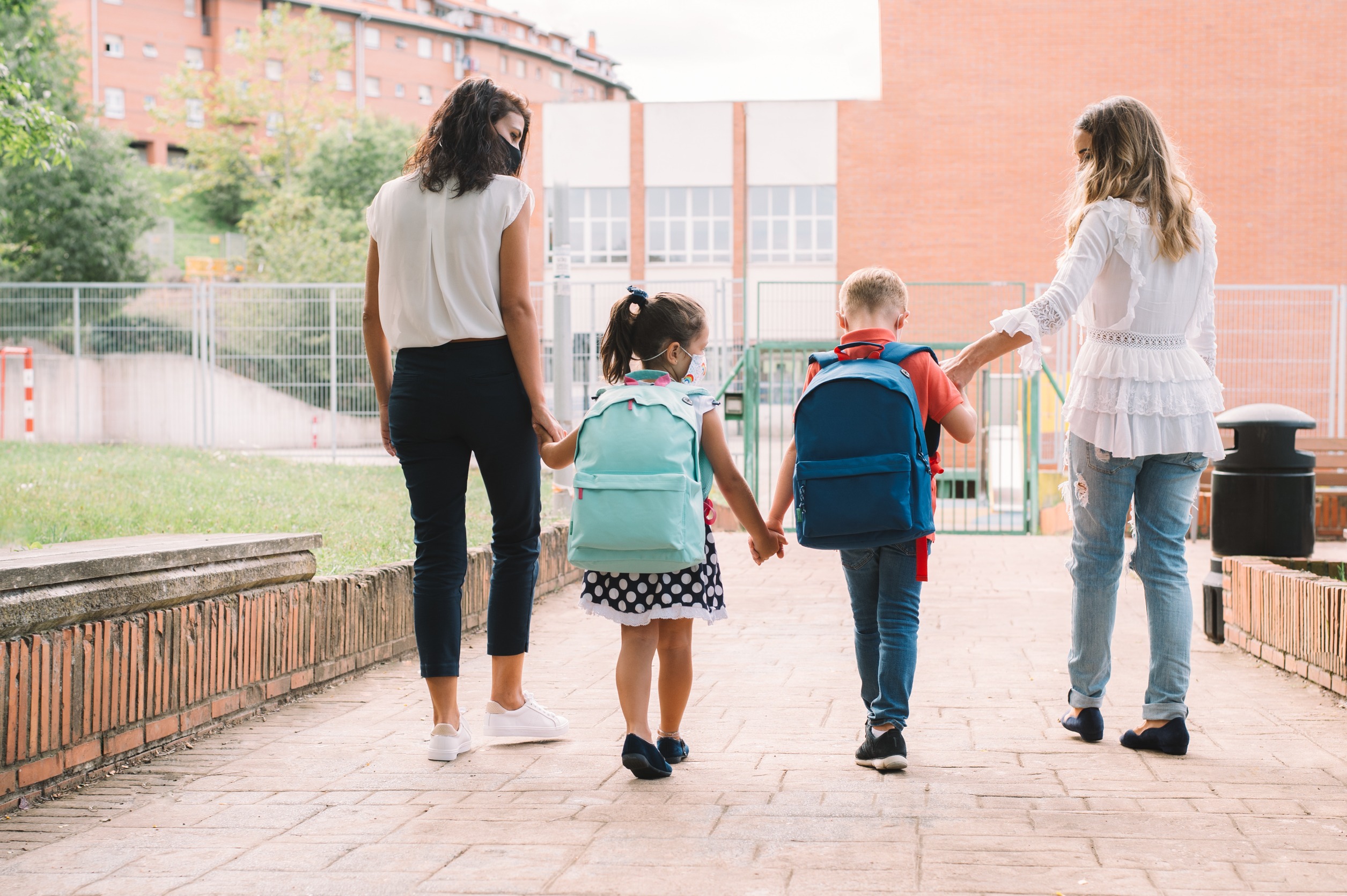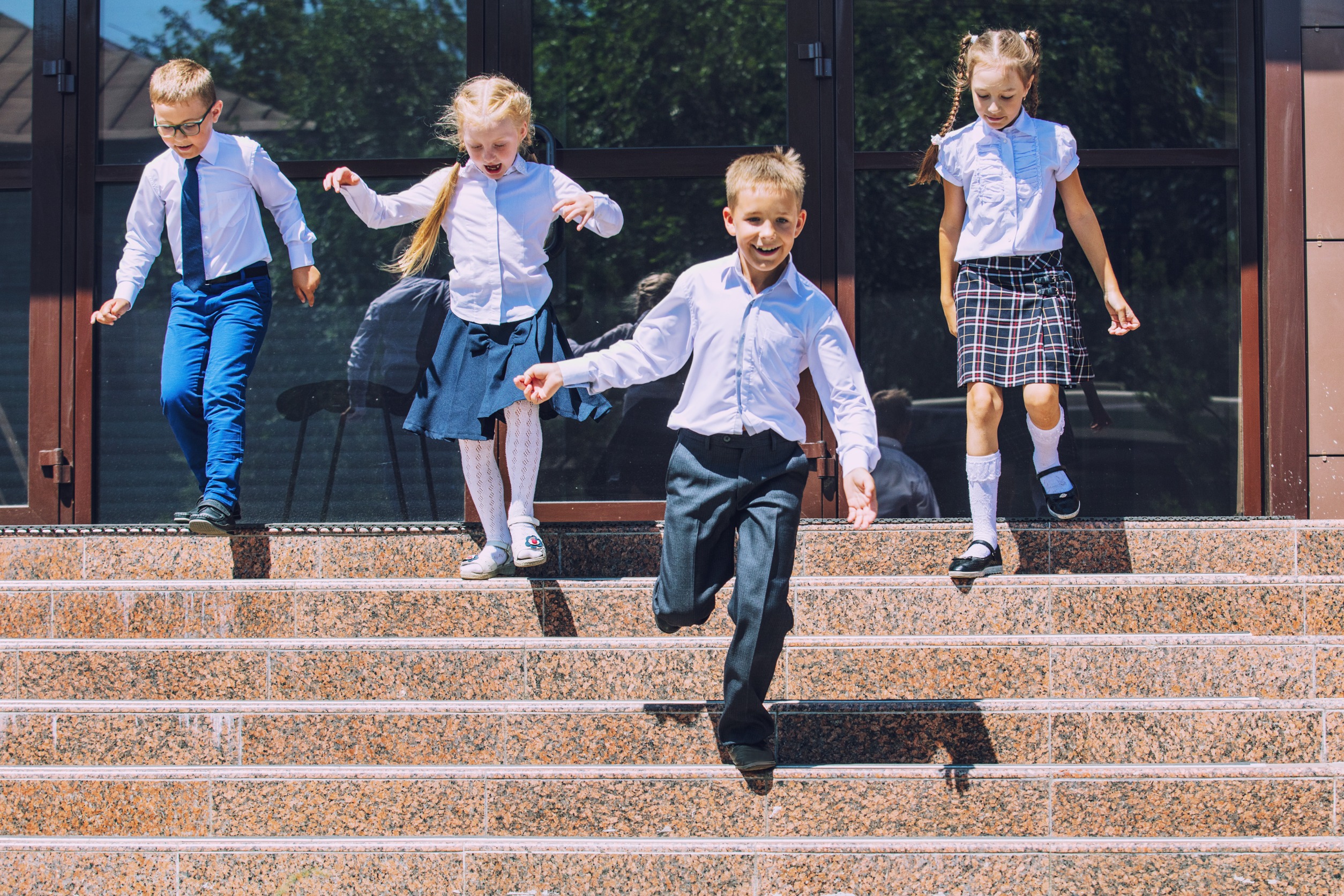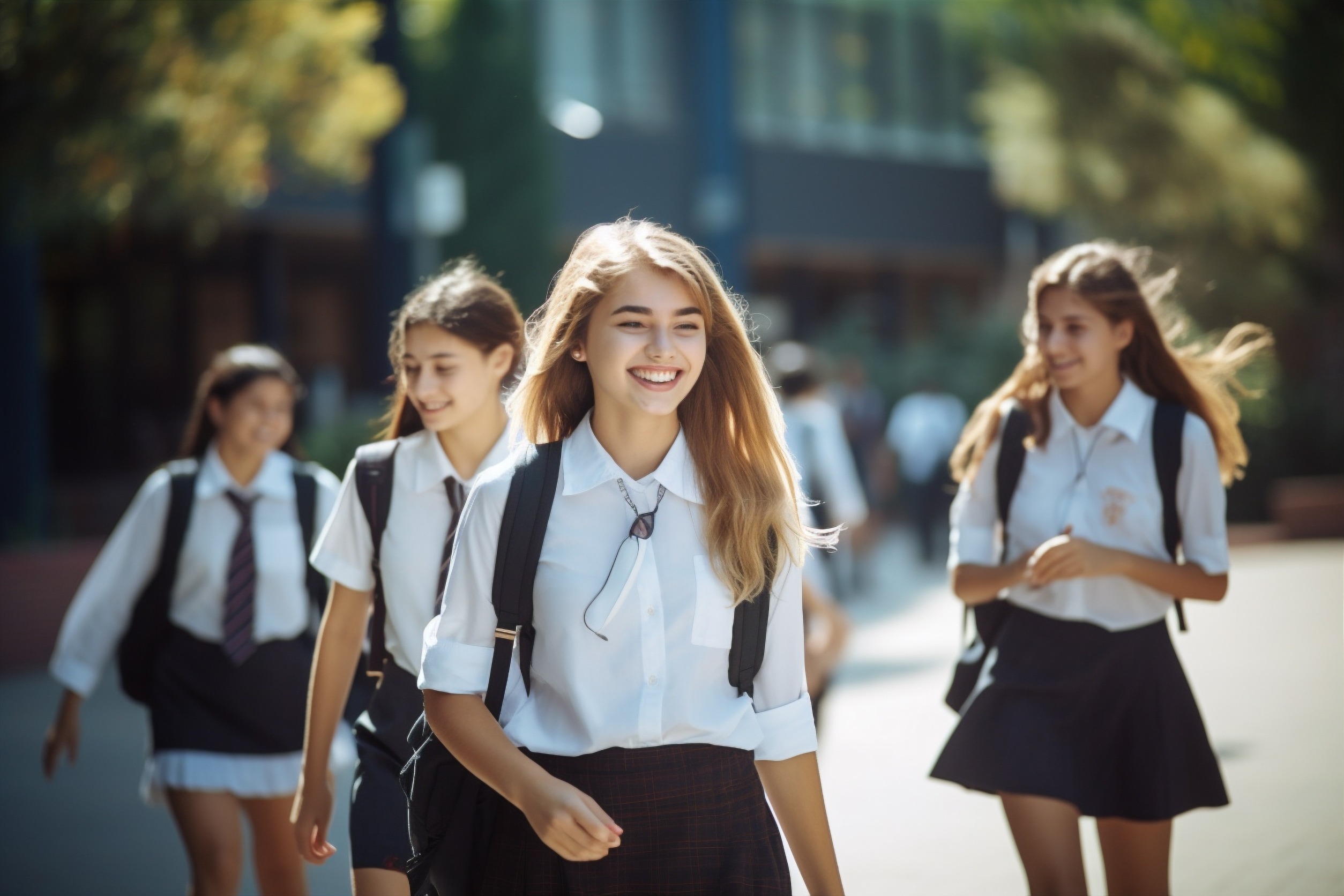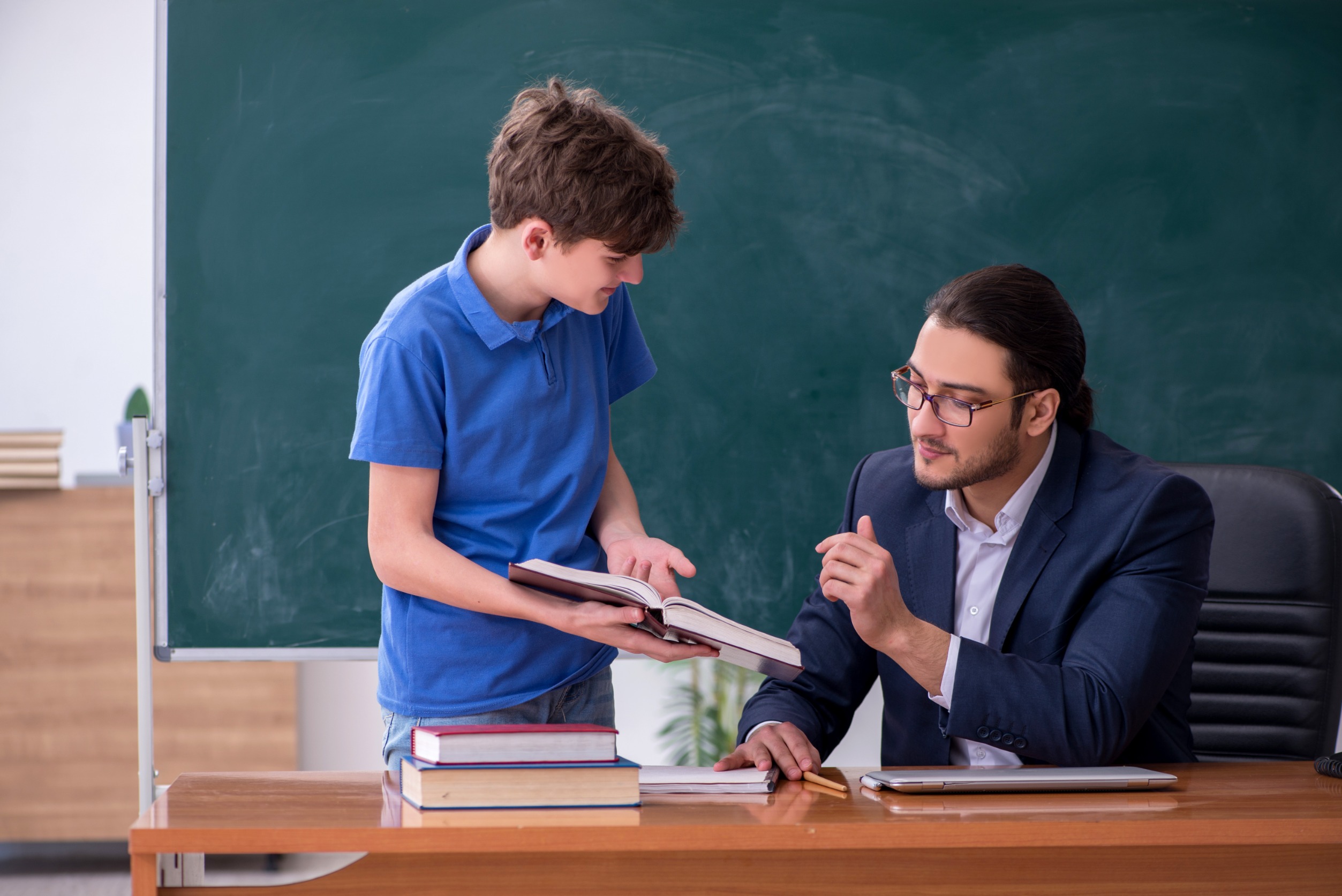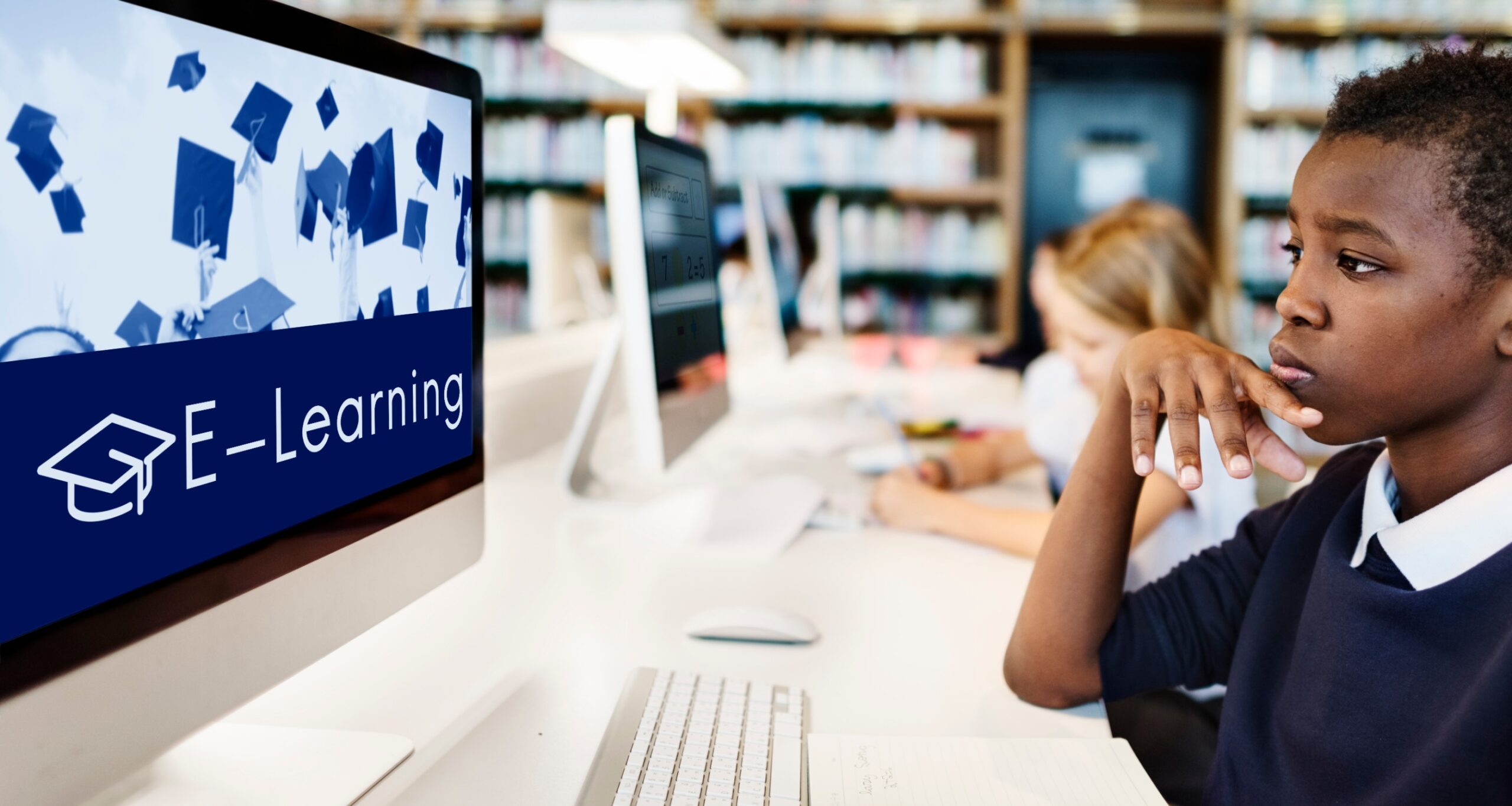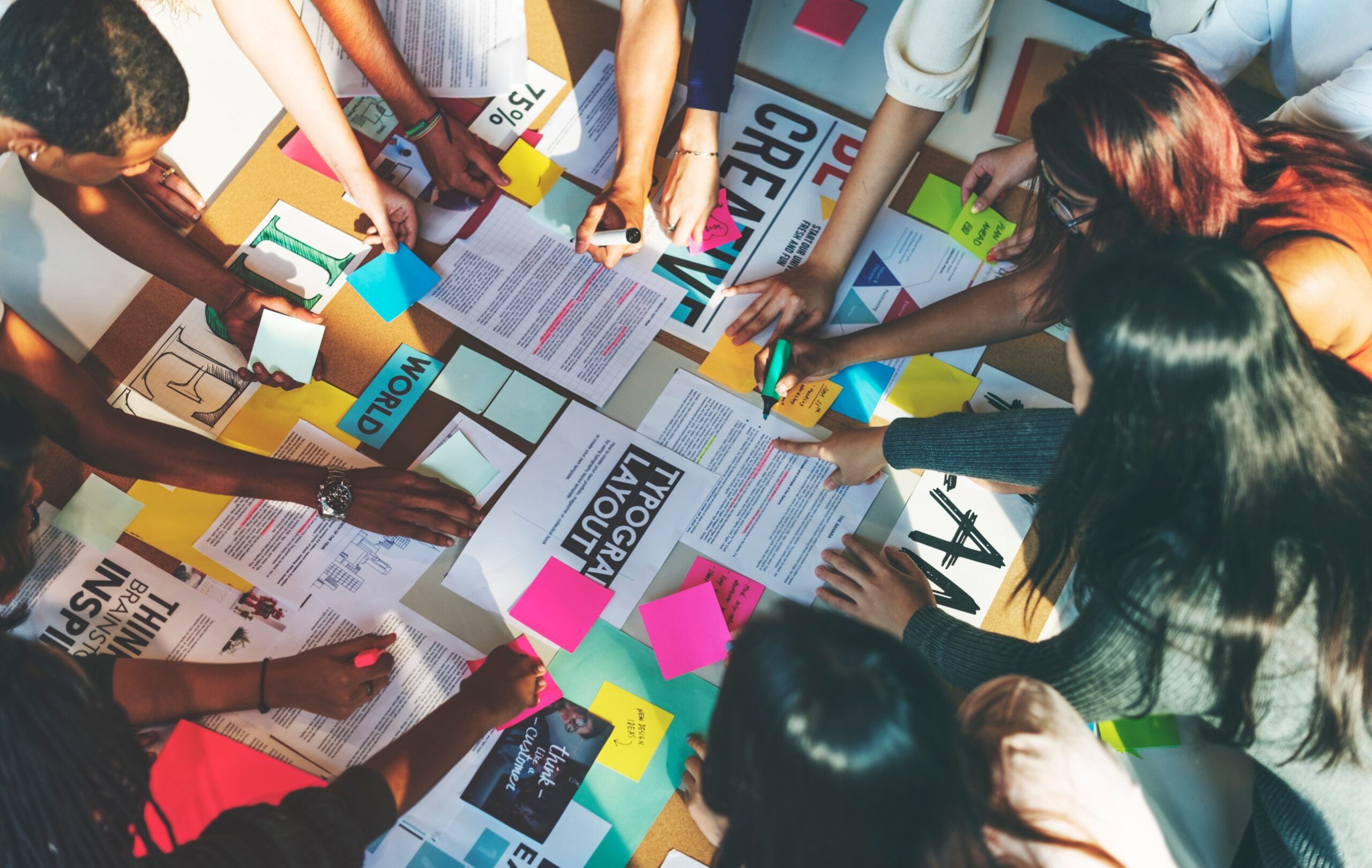As children’s crusaders through the labyrinth of learning, teachers often find themselves in a unique position, one that is garlanded with immeasurable responsibility and untold influence. In the pursuit of fulfilling this role, one age-old tradition stands out as a beacon of collaboration and insight exchange: The Open House.
In the digital age where interaction is often programmed or through the confines of a screen, the Open House harks back to the roots of communal learning, blending parental engagement with educational ethos.
This blog will explore how the Open House in public schools in Texas extends far beyond mere formality, offering unparalleled benefits for parents, teachers, and students, solidifying the educational triad.
Unveiling the Essence of Open House
At its core, the Open House epitomizes transparency, promoting a culture where parents and educators share a common platform. It is an evening of purposeful conversation, where classroom walls metamorph into storyboards, filled with the year’s aspirations and academic odyssey.
Breaking Down Barriers
Teachers are more than mere custodians of the curriculum; they are voyagers charting the educational course for students. The Open House serves as the port where these voyagers, the teachers, can dock their wisdom and experiences for parental consumption and understanding. It serves as a bridge, transcending the often misunderstood edifice of academia.
Fostering a Collaborative Spirit
Through artfully designed stations and interactive activities, the Open House ignites a spirit of collaboration. Parents walk in the shoes of their children, imbuing them with the perspective needed to extend their home support into the classroom.
Showcasing the Beyond-Academics
Beyond the lesson plans and grades, the Open House celebrates the extraordinary in the ordinary classroom. Art nooks, science corners, and literature vestibules become slots of harvesting potential and igniting curiosity, far removed from the quantifiable measures.
The Dynamic Duo: Parent-Teacher Partnerships
The ultimate recipients of the Open House’s largesse are the students. It is the springboard from which parent-teacher partnerships leap into action, each ensuring a child’s holistic development.
Empowering Parents as Co-Educators
In an age awash with educational jargon and policy, the Open House vests parents with the critical role they play as co-educators. It provides them with a roadmap, fostering an environment where learning becomes a household pursuit.
Engaging for Success
Interactive sessions and live demonstrations at the Open House transform comprehension into an heirloom. Parents become savvy with strategies and tools that bring learning within the grasp of their children.
A Platform for Advocacy
Rekindling the spirit of parent advocacy, the Open House becomes the launchpad for parental involvement not only in their child’s academic growth but also in shaping broader educational contours.
Forging Futures, One Meet at a Time
Looking beyond the static syllabi and timetables, the Open House becomes a living tableau for forging futures. It galvanizes community support and investment in the educational trajectory of its youngest denizens.
Celebrating Cultural Diversity
In a world splintered by borders and beliefs, the classroom stands as an oasis of divergent ideas. The Open House is a mosaic of cultural celebrations, a testament to the melting pot that modern education has become.
Integrating the Wider Community
The Open House flings wide the doors of the classroom, not just to parents but to the community at large. It underscores that the locale of learning is not confined to school premises; it is where the heart of the community beats.
Promoting Lifelong Learning
In an era where learning is not bound by age, the Open House heralds an era where parents become lifelong learners alongside their children. It nudges them to cherish their own educational evolution, becoming the stewards of tomorrow’s enlightened populace.
The Legacy of an Open House
The legacy of the Open House is etched in the memories of teachers, parents, and students alike. It is where the ordinary transcends into the extraordinary, and the mundane metamorphoses into the memorable.
Shaping Positive Perceptions
Each Open House is more than an event; it is a chapter in the history of a student’s academic sojourn. It crafts positive perceptions of schooling and encourages a synergy that is infectious.
Building Personal Connections
Amidst the hustle of the school year, Open Houses are moments where personal connections are not just encouraged but celebrated. It humanizes the educational process, reminding all stakeholders that at the center of the hustle is the heart.
Inspiring a Cycle of Success
More than just a meet-and-greet, the Open House inspires a cycle of success. It spurs students to strive, teachers to innovate, and parents to support, all in an intertwined ballet of academic progress.
In conclusion, the Open House is more than a yearly rendezvous; it is a paradigm for collaborative education, a blueprint for cohesive academic ecosystems. It is a testament to the fact that the most profound learning often does not occur within lesson plans but in the corridors of camaraderie and shared experiences. The Open House is symbolic of transformation, echoing the words of William Butler Yeats, “Education is not the filling of a pail, but the lighting of a fire.” And it is in this fire that the Open House ignites the paths of our future leaders.
About Us
Royal Public Schools is a one-of-a-kind organization that makes student success their top priority.
With our innovative programs and initiatives, we want to bring together experienced educators, state-of-the-art facilities, and the support of the community to create an environment that not only encourages educational excellence but allows students to succeed in various areas of life.
In the end, Royal Public Schools’ mission is clear: to empower students all across Texas. Join us in this mission and help your child succeed in all facets of life! Don’t wait any longer—fill out the application form today to secure your child’s future with the right education!


